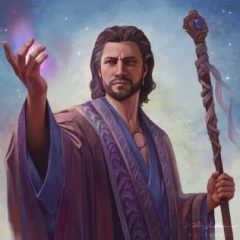-
Popular Topics
-
Topics
-
Recent Status Updates
-
Options
Options
-
I had a dream last night about a group of Musin who have the belief that if they somehow absorb souls of monsters and demons etc, then their lesser soul will grow.
the dream then just turned into Mouse Dark Souls.
still a cool dream though.
No Recent Status Updates -
Options







.jpg.0e874c05c09cddabe93b4e6bace18f3a.thumb.jpg.264699986aa5930c292aaf19836912bf.jpg)
.thumb.jpg.bba105f0f68aa5b4821c622e40a6cdf3.jpg)



Recommended Posts